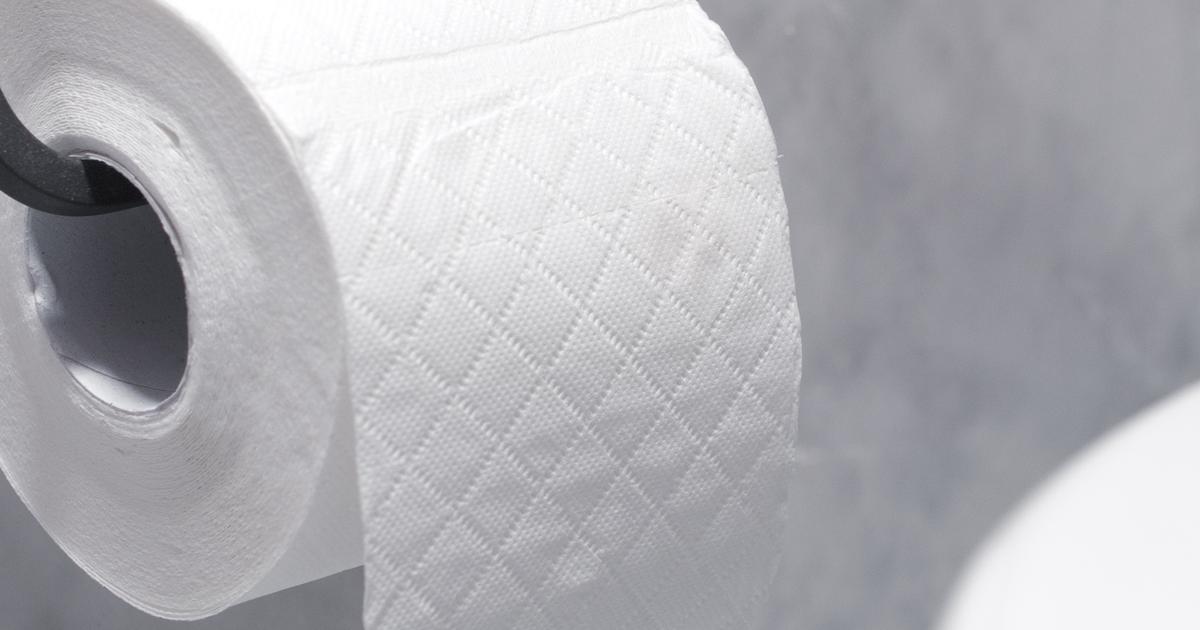Guide To The Types Of Urinary Incontinence
Urinary incontinence is a condition where an individual experiences the involuntary leakage of urine from their body. When an individual is not able to stop urine from leaving their body when they do not intend for it to, it is considered urinary incontinence. According to the American Urological Association, between twenty-five and thirty-three percent of all women and men in the United States population have urinary incontinence. Urinary incontinence is also known to be more prevalent among women between the third and sixth decades of their life.
The diagnosis of incontinence is made with a physical examination, blood testing, urine testing, stress testing, pelvic ultrasound, urodynamic testing, cystogram, cystoscopy, PVR measurement, and a bladder diary. The causes of urinary incontinence are closely linked with the type of incontinence an individual is experiencing.
Functional Incontinence

Functional incontinence is incontinence that occurs due to an individual being unaware, unconcerned, or unable to physically make it to the bathroom fast enough to stop urine from leaking from their bladder. An individual affected by mental illness, dementia, or the adverse effects of certain medications may be unconcerned or unaware of the fact they need to find a restroom. Mobility is also a prevalent cause of functional incontinence because affected individuals are unable to physically move their body to the toilet.
Common issues that affect mobility and cause functional incontinence include arthritis, being restrained, being hospitalized, or having a toilet that is not close enough. Diuretics utilized to treat patients affected by heart failure or high blood pressure can cause an individual to produce excessive amounts of urine. These excessive amounts of urine cause the patient to have to empty their bladder more than twice as often as a healthy individual and can lead to functional incontinence if a toilet is unable to be reached quickly or is unavailable.
Stress Incontinence

Stress incontinence is a form of urinary incontinence that occurs when an individual leaks urine from their body when they laugh, jump, or cough. An individual who experiences pressure on the abdominal muscles and structures also places pressure on the bladder. A small bit of urine may leak out of an individual's body because of physical strain, which is what characterizes stress incontinence. Stress incontinence is a malfunction of the pelvic floor muscle, urethral sphincter, or both structures, which occurs when individuals have incurred damage or become too weak to perform their functions properly. This process results in an individual being unable to hold in urine dependably.
There are two different subtypes of stress incontinence. Intrinsic sphincter deficiency is when an individual's urinary sphincter pops open under pressure or from issues that stop it from closing completely. Urethral hypermobility is when an individual's urethra and bladder make a shift downward under increasing abdominal pressure, and the urethra has no hammock-like support to compress against that would stop it from opening inappropriately. Pelvic fracture and prostate surgery are the top causes of stress incontinence in men where childbirth is the top cause in women.
